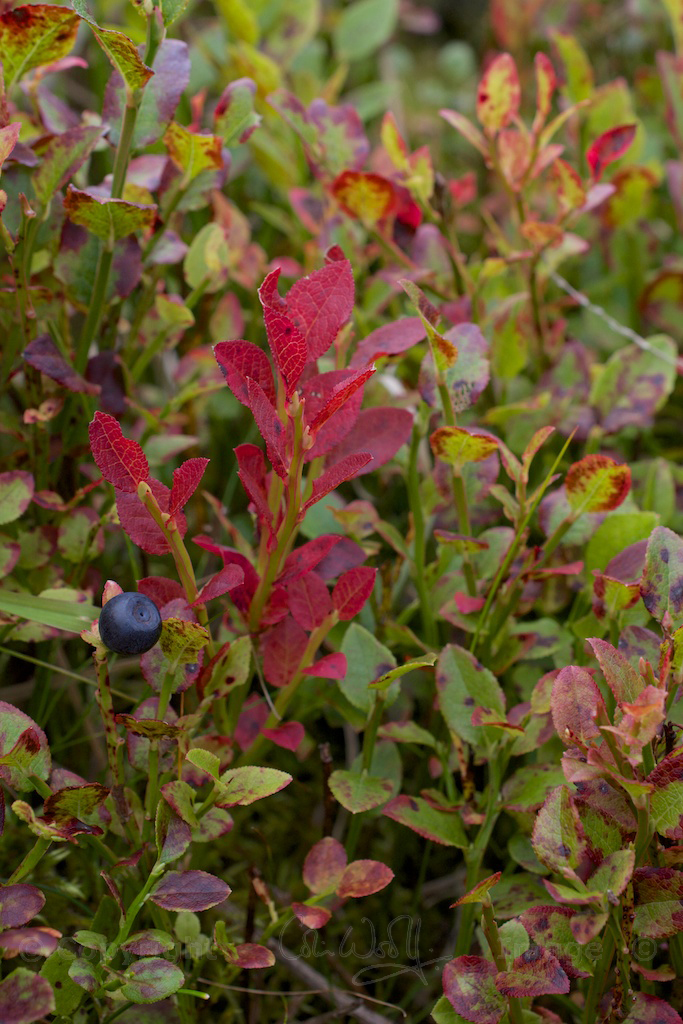
The plants of Dollar Glen
In a recent feature I showed you some of the beautiful trees that we found on a walk around Dollar Glen in Clackmannanshire. But there were so many lovely plants, too, flourishing in the green light and mist-laden air of the gorge, or braving the exposure of the hills above. As we took a closer look, a couple of fascinating insects also made their way into the limelight!
Fungi and ferns are hard to identify unless you’re a specialist, so if there are any experts out there, please feel free to correct my attempts at identification.
HART’S TONGUE FERN
Named because its leaves resemble a deer’s tongue, this lovely emerald fern is nestling in a cushion of moss where the spray of a waterfall keeps it cool and humid.
HERB ROBERT AND BRACKET FUNGUS
A member of the Cranesbill family, Herb Robert has pink five-petalled flowers. It is considered to be one of the indicator species of an ancient woodland.
FERNS
I believe the fern on the left may be a Dryopteris species, flourishing together with the strap-like leaves of bluebells; on the right, a Polypodium fern with foxglove leaves. Shafts of sunlight pierce the gloom of the gorge, throwing intricate patterns into silhouette.
WOOD SORREL
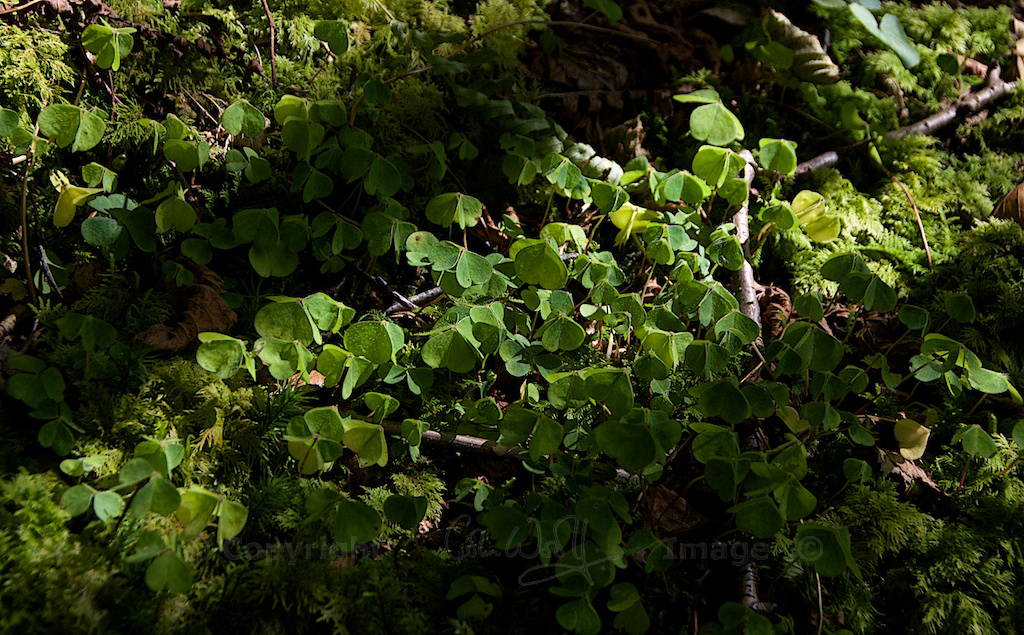 Like fairy parasols, the furled leaves of wood sorrel bathe in a patch of sunlight. Flowering was over, but the seed heads have their own beauty (below). Find out more about wood sorrel here on The Hazel Tree.
Like fairy parasols, the furled leaves of wood sorrel bathe in a patch of sunlight. Flowering was over, but the seed heads have their own beauty (below). Find out more about wood sorrel here on The Hazel Tree.
FUNGI
I believe the shiny brown fungus (top, centre) is known as a Penny Bun. The others remain nameless, but intriguingly beautiful.
TUFTED VETCH
Most wild flowers are past their best by late summer, but this Tufted Vetch was still going strong, providing a lovely splash of mauve against the green carpet.
WILD THYME
Where the trees give way to heather moorland, this lovely wild thyme was creeping over some rocks. Hiding in it was a Common Green Grasshopper, which stayed still long enough to be photographed… and an instar, one of the juvenile or nymph stages of the same species.
HAREBELLS
Also known as the ‘blue bell of Scotland’, the harebell has a longer flowering season than the bluebell. You can read more about harebells here on The Hazel Tree.
BLACKBERRIES, WILD RASPBERRY AND BLAEBERRY
A rich crop of wild berries were ripening in the Glen, and the blaeberry (bilberry) leaves were glowing with an intense fire.
DOR BEETLE
Making his way through the rough grass of the slopes above Castle Campbell was this eye-catching Dor Beetle. Dor Beetles are members of the Scarab family, and they play a vital part in the ecological cycle, breaking down dung and making it more accessible to other organisms in the soil.
BRACKEN
One of the burns that runs through Dollar Glen is called the Burn of Care. In the hills above, the bracken was just beginning to turn colour.
Visiting Dollar Glen
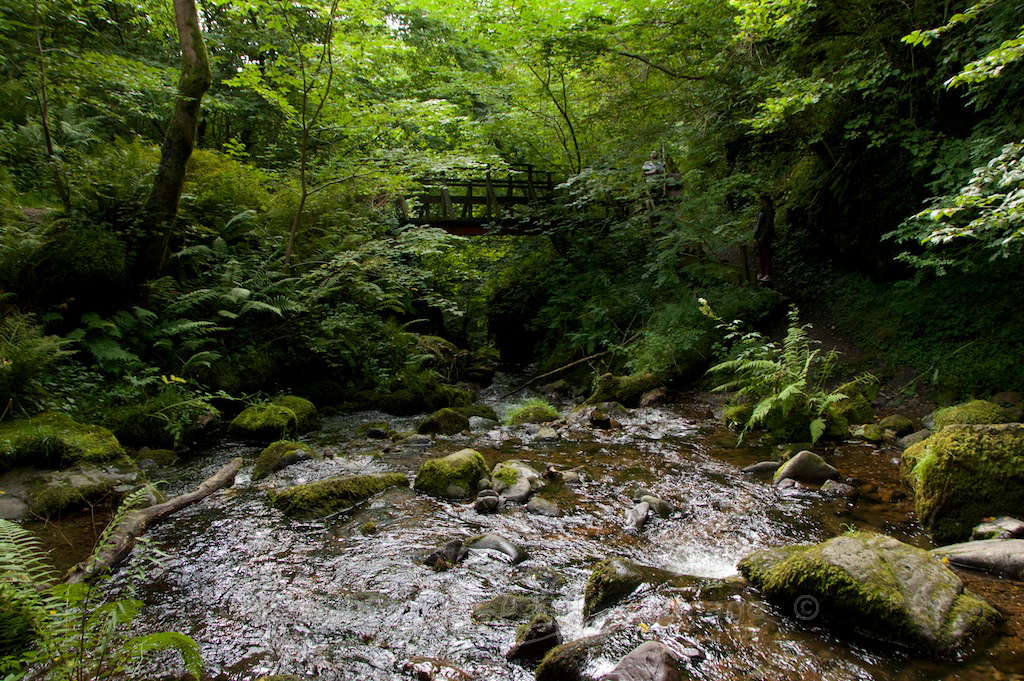 A Site of Special Scientific Interest, Dollar Glen is managed by the National Trust for Scotland. Admission is free, and it’s open all year.
A Site of Special Scientific Interest, Dollar Glen is managed by the National Trust for Scotland. Admission is free, and it’s open all year.
The town of Dollar is about 13 miles east of Stirling, on the A91. Turn off in the town, following the signs to the Glen. Be warned that the paths around the gorge are steep and can be slippery in wet weather.
If you have time, you should also include Castle Campbell in your visit – highly recommended!
Photos copyright © Colin & Jo Woolf
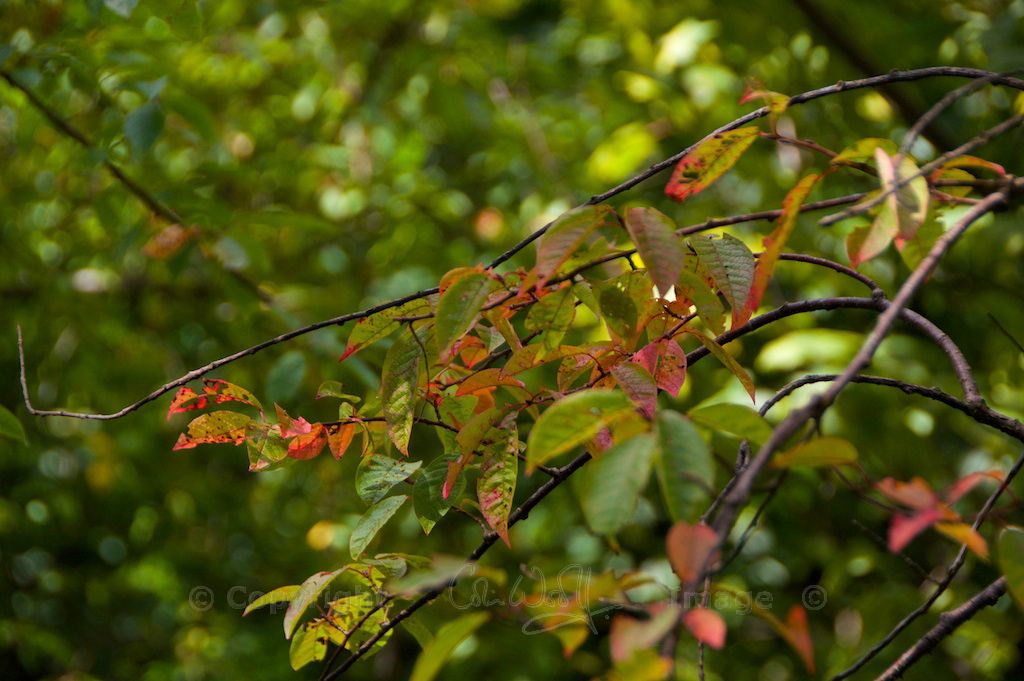 Also of interest…
Also of interest…
If you missed it earlier, you can read the first part of this series, focusing on the Trees of Dollar Glen.
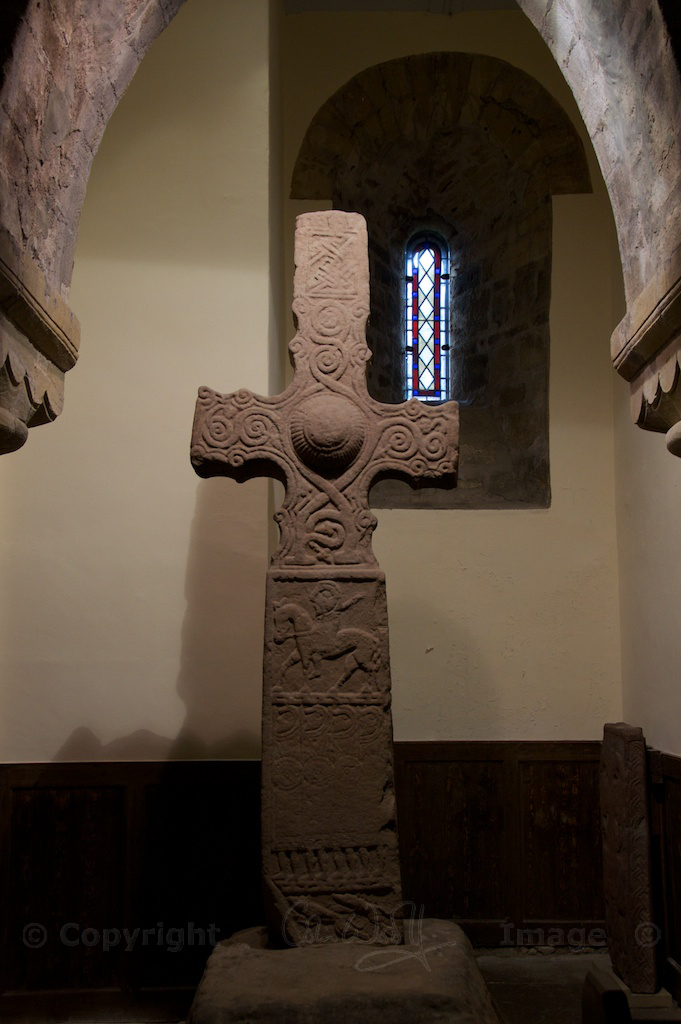

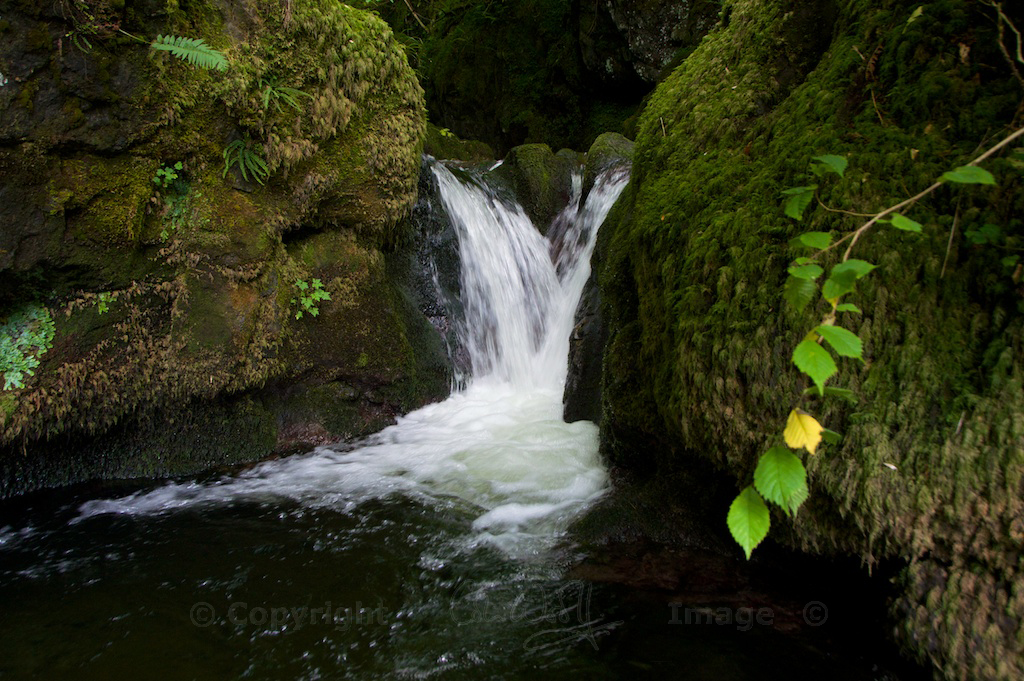
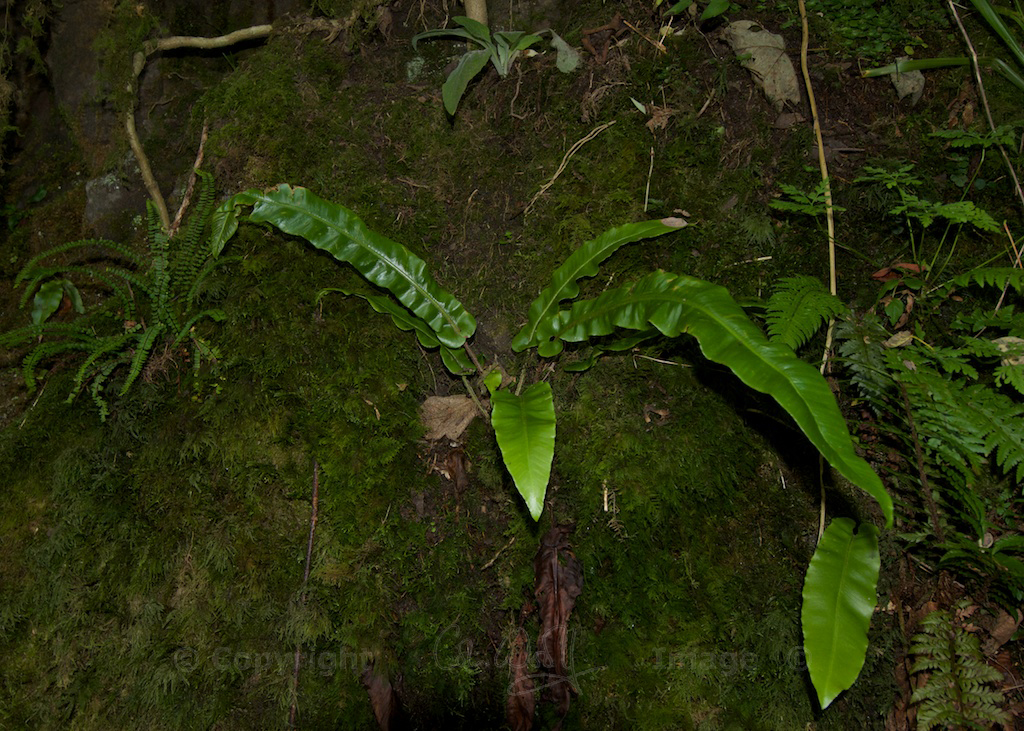
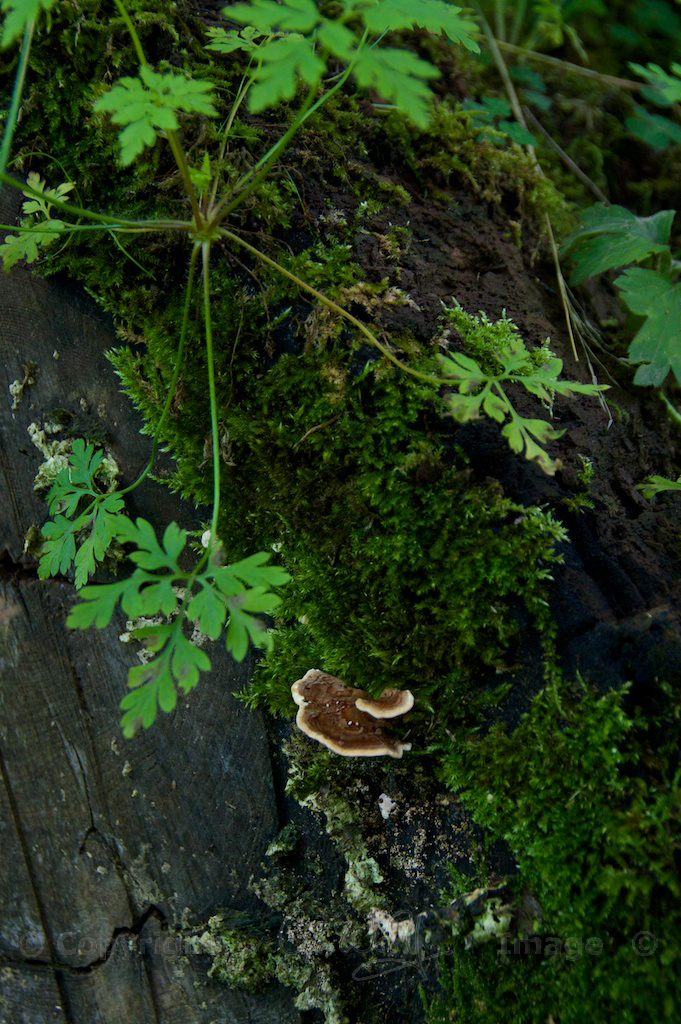
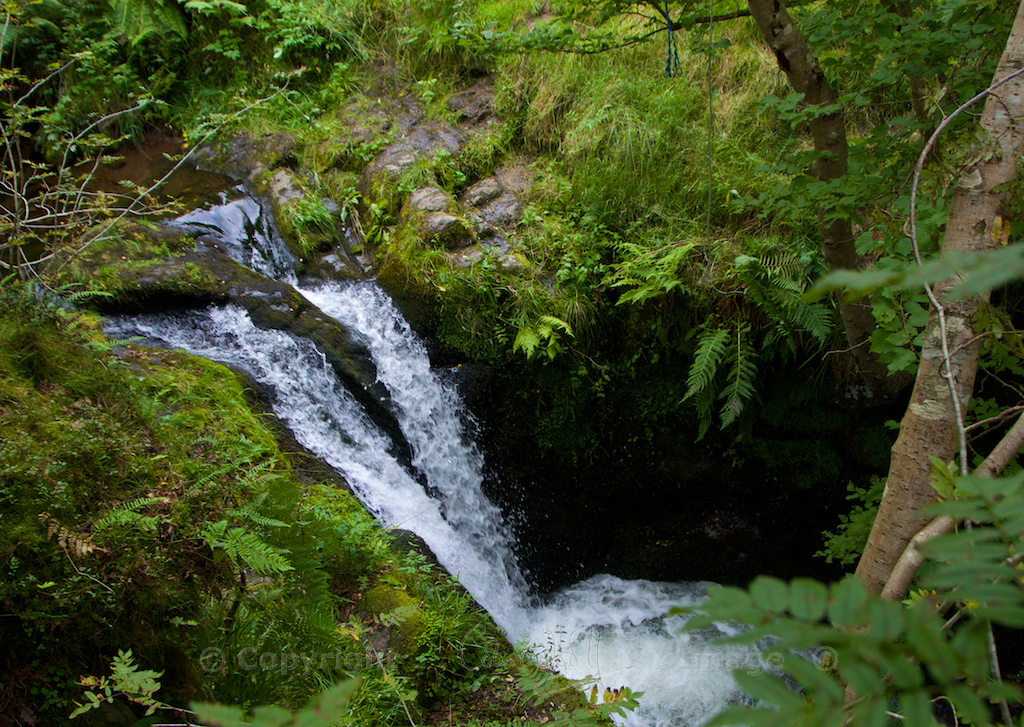
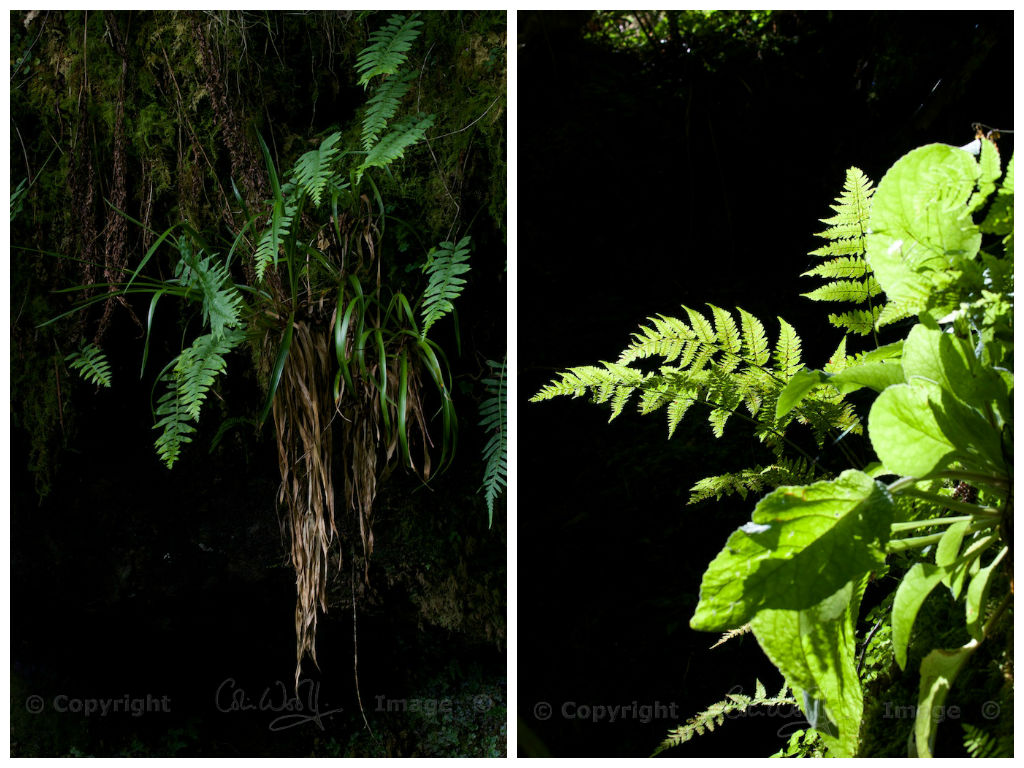

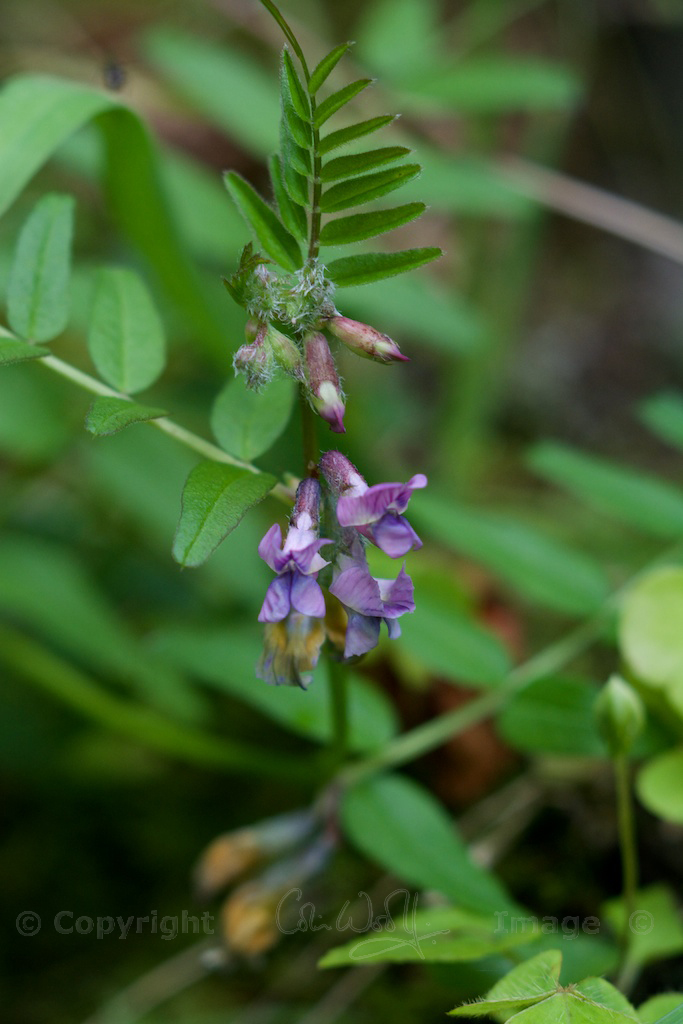
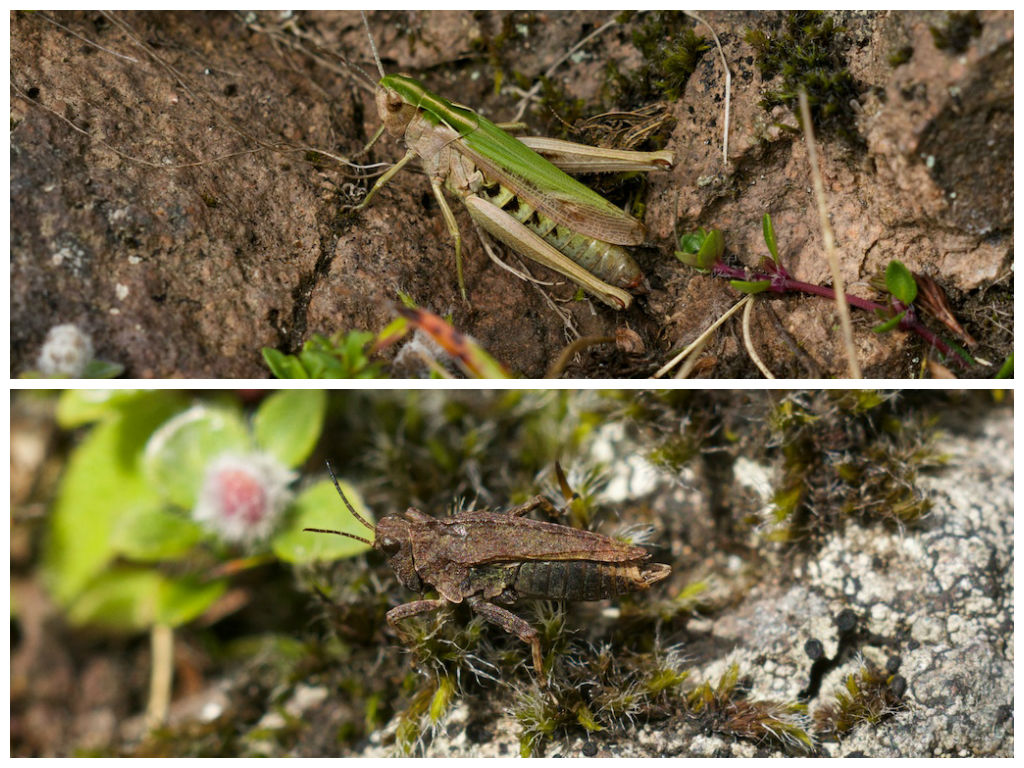

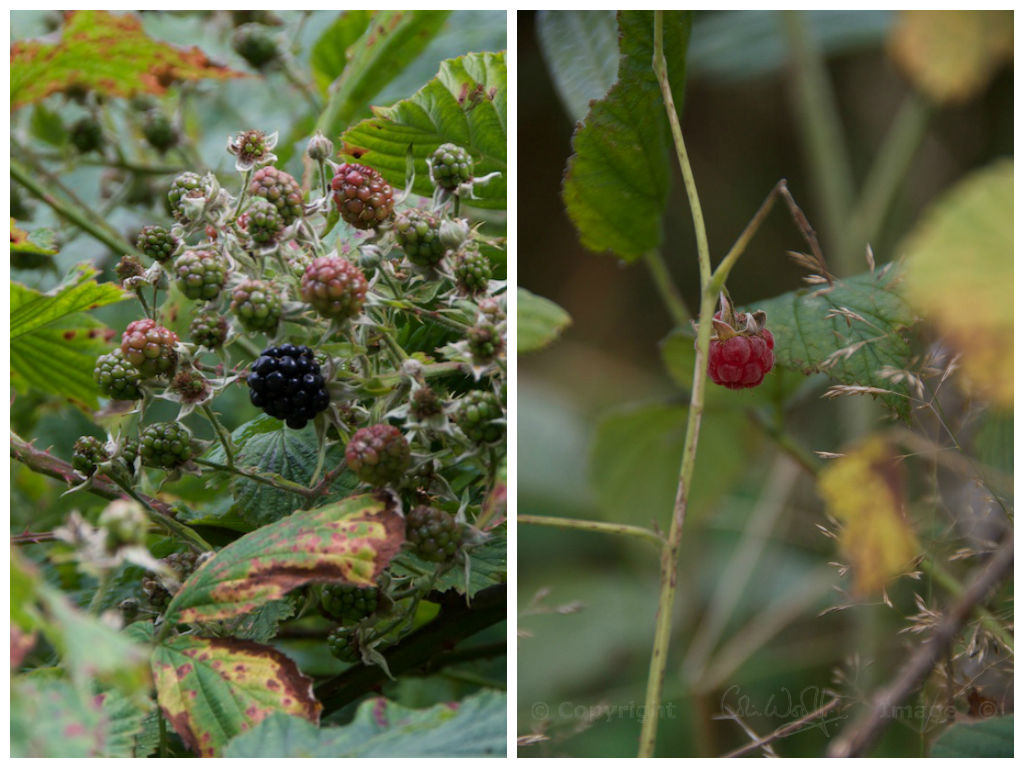
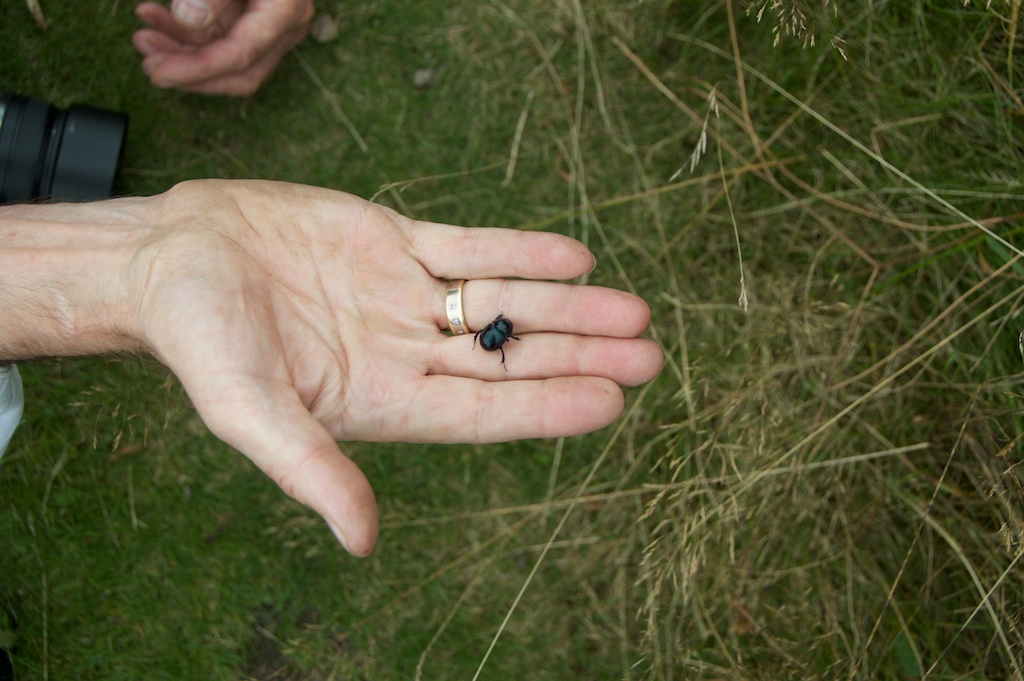
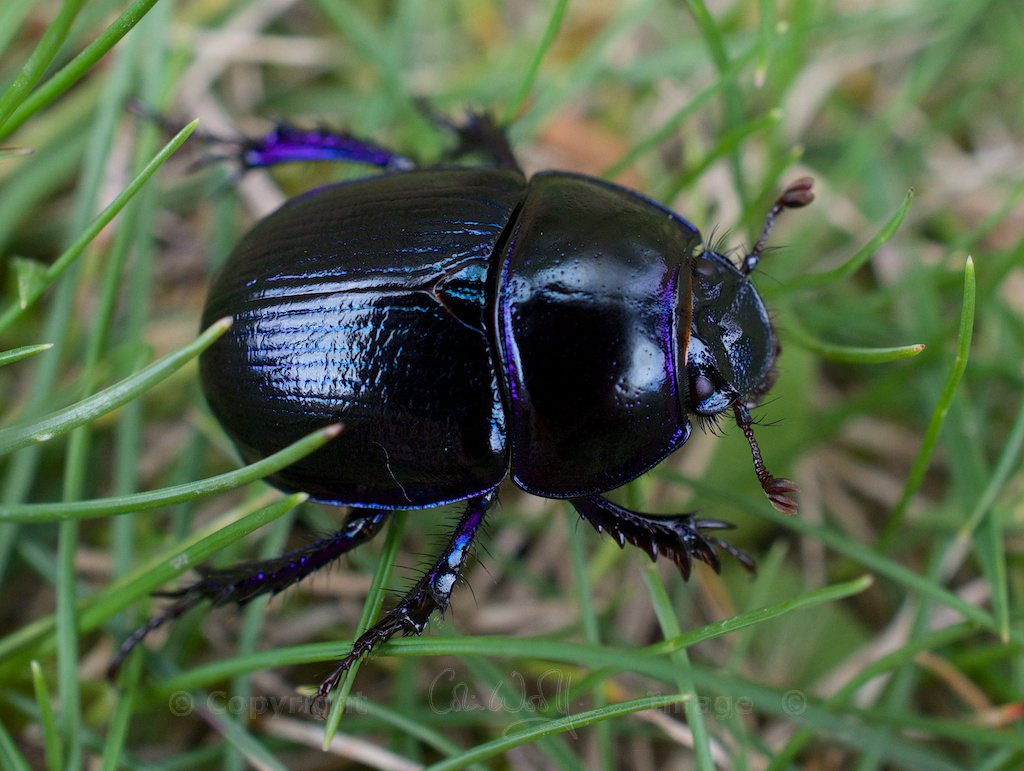
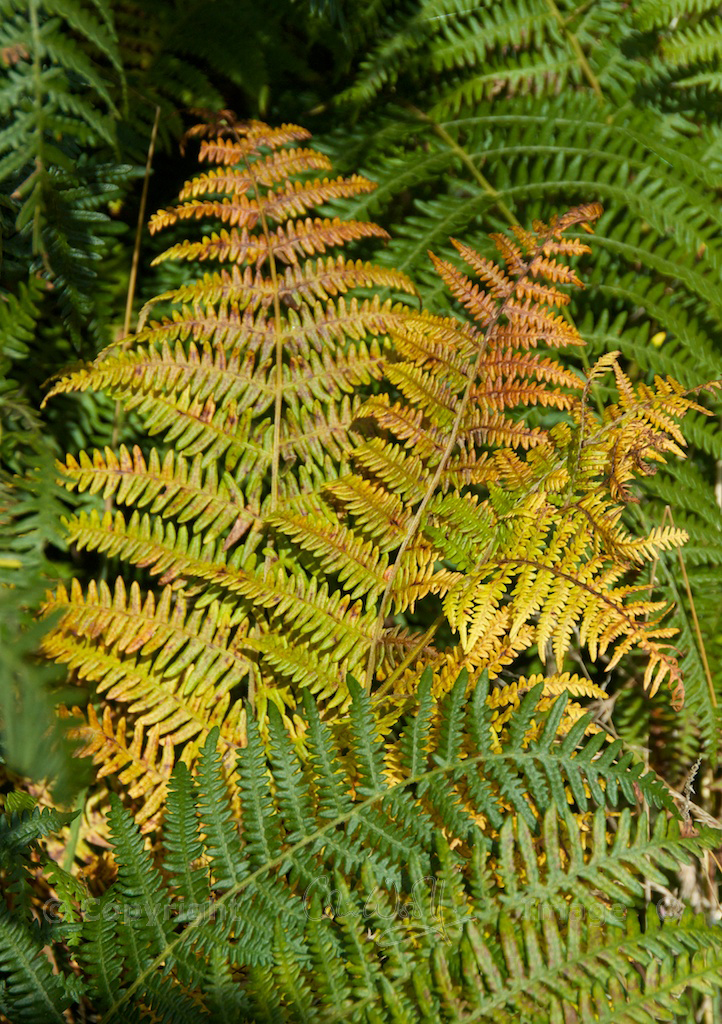
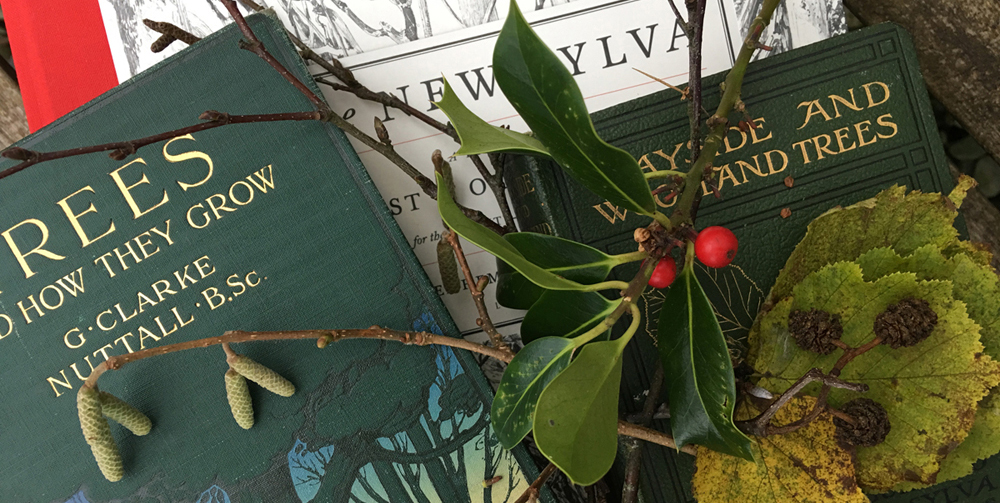
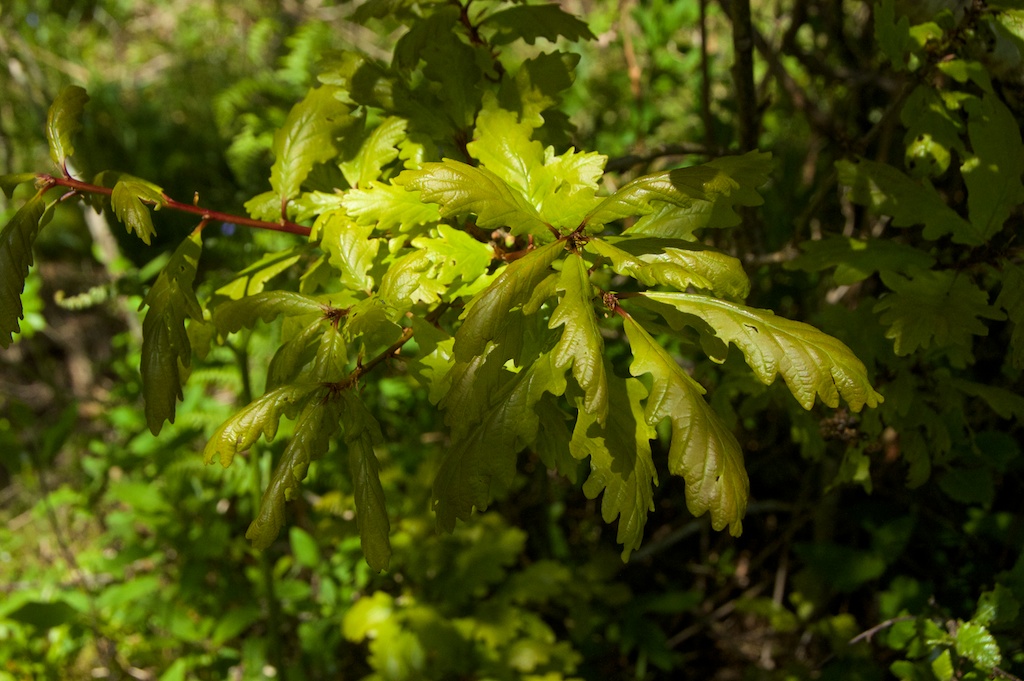
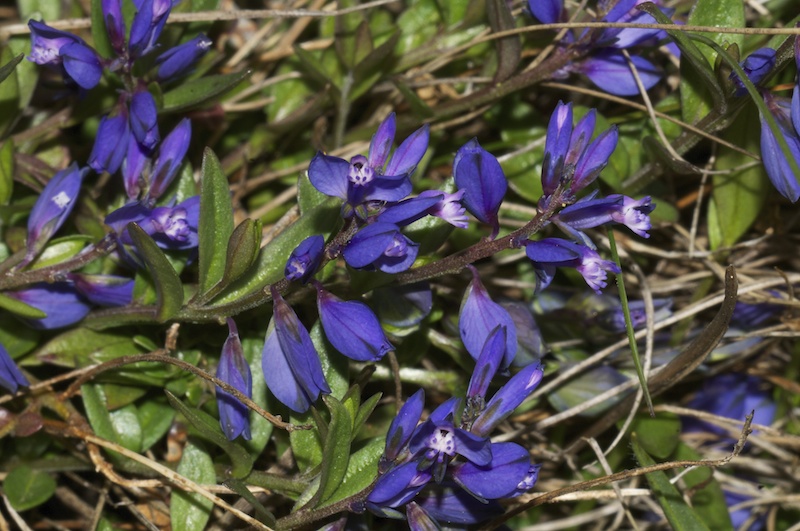
9 Comments
Mike Howe
So lush and beautiful Jo, I love Dollar Glen 🙂
Jo Woolf
So do I, Mike, it’s somewhere we will be returning to often! 🙂
http://vivinfrance.wordpress.com
Beetles are beautiful. Wood sorrel leaves make a lovely sauce to go with salmon. A lovely botany lesson, thank you.
Jo Woolf
They certainly are! I have heard about how good wood sorrel is to eat, but I didn’t know that! 🙂 Sounds lovely!
http://vivinfrance.wordpress.com
melt a little butter in a saucepan, put in the washed sorrel on a lowish heat until completely wilted, season and add a small pot of double cream. That’s it!
blosslyn
Beautiful photos, love the ferns. I am trying to make an old fashion fernery, well I will next year, have run out of time now…..but I know where its going 🙂 Its looks such a beautiful place and a joy to walk through 🙂
Jo Woolf
Thank you, Lynne! Your fernery sounds exciting! I know that the Victorians had a fancy for lots of ferns, both indoors and out. Yes, Dollar Glen is really lovely – a natural fernery, really! 🙂
Watching Seasons
Wonderful botanical post! A very lush location.
Jo Woolf
Thank you! We had such fun there. I would love to go back in spring to see what’s coming up. You’re right – there is such an abundance of plant life there (and birds too).